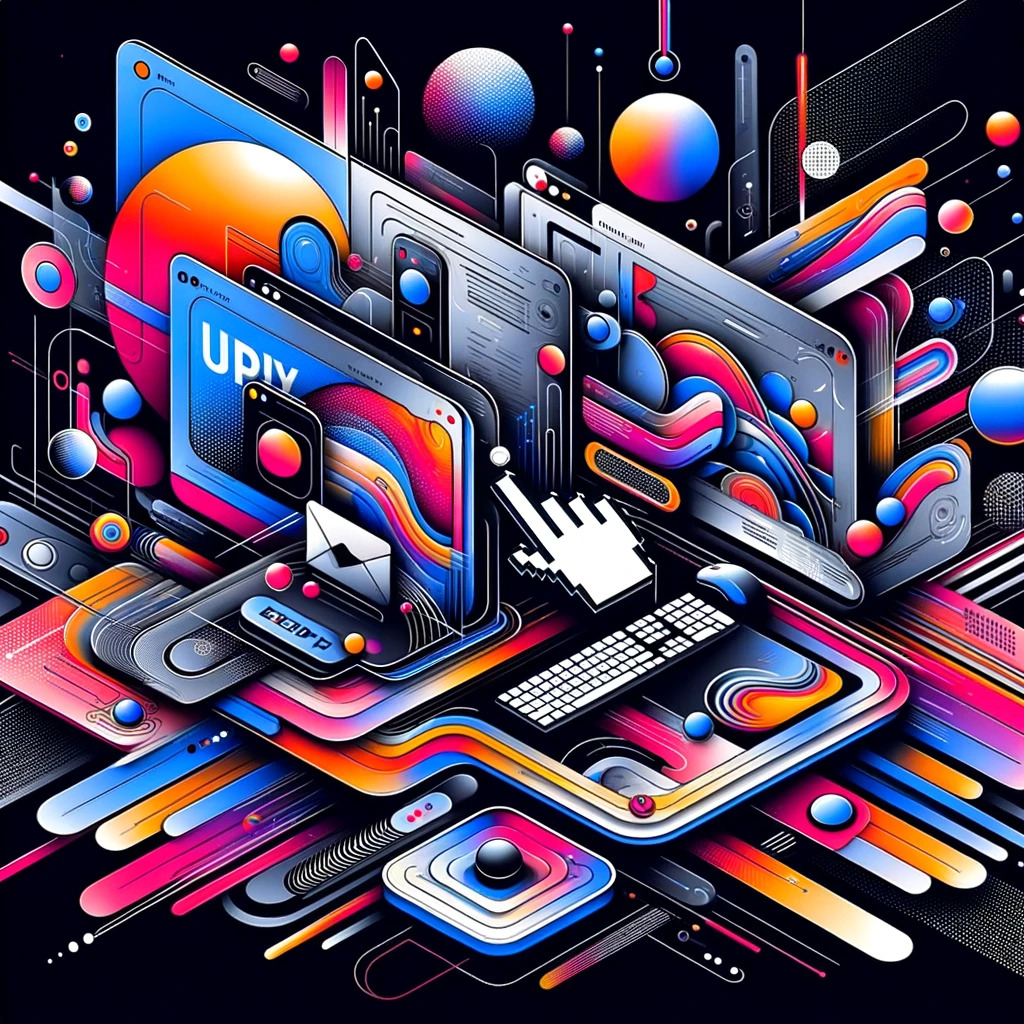As the digital landscape continues to evolve, so do the trends in web design. Staying ahead of these trends is crucial for designers, businesses, and brands aiming to keep their online presence fresh, engaging, and competitive. As we move into 2024, several key trends are emerging that promise to shape the future of web design. From immersive experiences to sustainability, these trends are all about creating more inclusive, efficient, and impactful user experiences. Let’s dive into some of the top web design trends for 2024.
Embracing the Metaverse and Immersive Experiences
One of the most exciting trends for 2024 is the integration of web design with the metaverse and immersive experiences. As virtual and augmented reality technologies become more accessible, websites are starting to incorporate these elements to create more engaging user experiences. This means moving beyond traditional static pages to offer interactive, three-dimensional spaces where users can explore, interact, and engage with content in ways that were previously impossible. This trend is not just about entertainment; it’s also being used in e-commerce, education, and for showcasing products and services in a completely new light.
Focus on Sustainability and Eco-Friendly Design
Sustainability is becoming a priority in every sector, and web design is no exception. In 2024, we are seeing a shift towards more eco-friendly designs that consider the environmental impact of online activities. This includes optimizing website performance to reduce energy consumption, preferring green hosting providers, and designing with sustainability in mind. Eco-friendly websites often use clean, efficient code, prioritize accessibility, and encourage sustainable actions from users. This trend reflects a growing awareness of the carbon footprint associated with digital products and a commitment to reducing it.
Minimalism with Maximal Impact in Web Design Trends
While minimalism has been a long-standing trend in web design, in 2024, it’s evolving. The new minimalism is not just about sparse layouts and monochromatic color schemes; it’s about creating maximum impact with minimal elements. This means carefully selecting every design element for its ability to convey a message or evoke an emotion, creating spaces that feel open and breathable while still engaging the user. The focus is on simplicity, usability, and removing unnecessary distractions to highlight the most important content.
Advanced Interactivity and Micro-Interactions
Interactivity advances with advanced micro-interactions and animations, adding polish and sophistication. These small interactions enhance user experience, making it intuitive and enjoyable. Features like scrolling animations guide users, provide feedback, and create engagement. In 2024, expect web designs to creatively use micro-interactions, bringing websites to life.
Accessibility and Inclusivity in Web Design Trends
Accessibility and inclusivity are now core to web design, evolving from compliance to design fundamentals. In 2024, designers prioritize usability and enjoyment for all, including people with disabilities. This involves appropriate color contrasts, alt text for images, keyboard and screen reader navigability, and addressing diverse user needs. This shift towards inclusivity mirrors a broader societal move towards embracing diversity in all forms.
Conclusion
The 2024 web design trends merge technological progress, social responsibility, and enhanced user experience understanding. Transitioning to immersive virtual environments and eco-friendly designs, the emphasis is on visually appealing yet significant, accessible, and sustainable web experiences. Navigating these trends, designers and brands face the challenge of innovating while adhering to design’s core principles: simplicity, usability, and inclusivity. By adopting these trends, we can forge digital spaces that are futuristic, inclusive, engaging, and beneficial for humanity and the environment.




